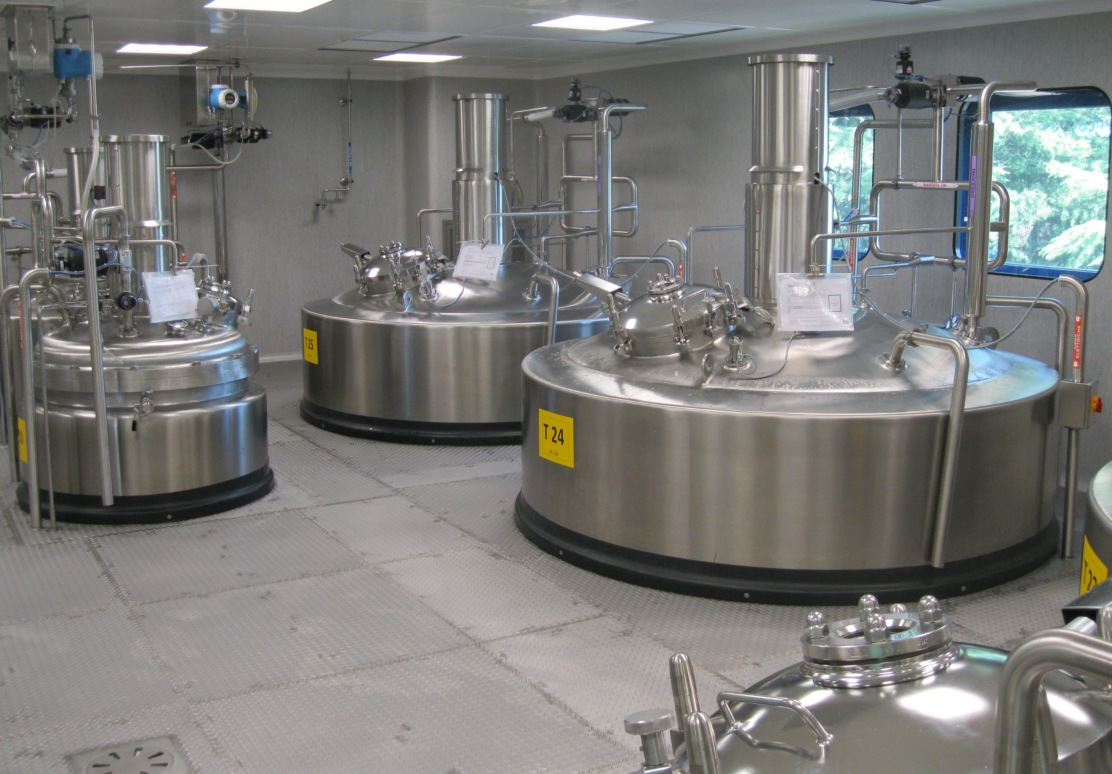Log home restoration can bring new life to a beautiful and timeless structure. Over time, log homes can face various issues such as weather damage, rot, or just general wear and tear. Restoring these homes is not just about preserving their beauty but also about ensuring their strength and longevity.
This article will share five practical tips for restoring a log home, covering essential steps like addressing water damage, maintaining wood quality, and enhancing the exterior.
1. Inspect the Logs for Damage
Before beginning a log home restoration project, it is crucial to conduct a thorough inspection of the logs. Over time, logs can develop cracks, rot, or insect infestations. These issues must be addressed immediately to prevent further damage.
Start by checking for soft spots, discoloration, or visible signs of decay. If you find any damaged logs, they may need to be replaced or treated with wood preservatives to ensure the structure’s stability.
2. Treat the Logs to Prevent Future Damage
Once you have inspected the logs, it is important to treat them to prevent future damage. This includes applying wood preservatives and sealants that can protect against insects, rot, and moisture. A good-quality wood preservative can help preserve the logs’ integrity for years to come.
Regularly reapplying these treatments is crucial, especially in areas prone to high moisture. If you live in a region with heavy rainfall or humidity, you may need to reapply sealants every few years.
3. Use Architectural Stone Masonry for Outdoors Areas
One way to enhance the appearance and functionality of your log home is through the use of architectural stone masonry in the outdoor areas. Adding stone elements such as pathways, retaining walls, or a stone fireplace can complement the natural beauty of your log home.
The rustic charm of stone masonry blends seamlessly with the wooden structure of the home, creating a beautiful contrast.
4. Apply a Protective Stain or Finish
After repairs are done, your log home needs a new coat of stain or finish. This protects the wood from sunlight, rain, and snow. You should choose a stain made for log homes because it soaks into the wood and lets it breathe.
It’s better to apply two thin coats rather than one thick one. This way, the stain covers the surface well and lasts longer. Don’t forget to check your stain every year to see if it needs a touch-up.
5. Regular Maintenance and Upkeep
Log home restoration is an ongoing process. Once the major restoration tasks are completed, regular maintenance is essential to keep your home in excellent condition. This includes cleaning the logs, checking for any signs of new damage, and applying treatments as needed.
Regular maintenance also involves inspecting the roof, gutters, and foundation to ensure everything is intact. By staying on top of these tasks, you can extend the life of your log home and maintain its beauty for generations to come.
Conclusion
Restoring a log home requires attention to detail and careful planning. By inspecting and treating the logs, incorporating architectural stone masonry, addressing water damage, and performing regular maintenance, you can ensure your log home remains a beautiful and durable place to live.
With these practical tips, you can restore your log home with confidence and enjoy its rustic charm for many years.











